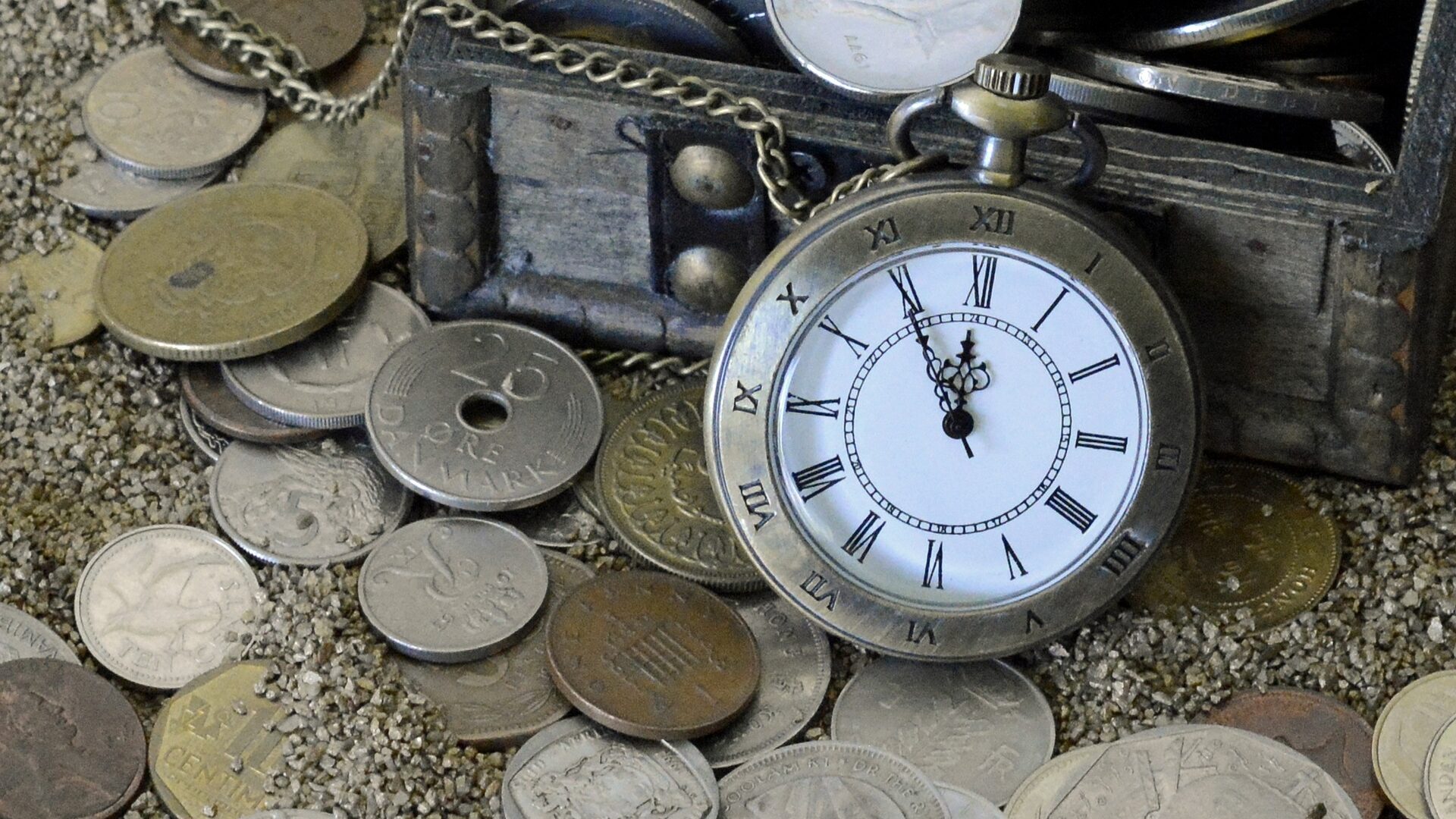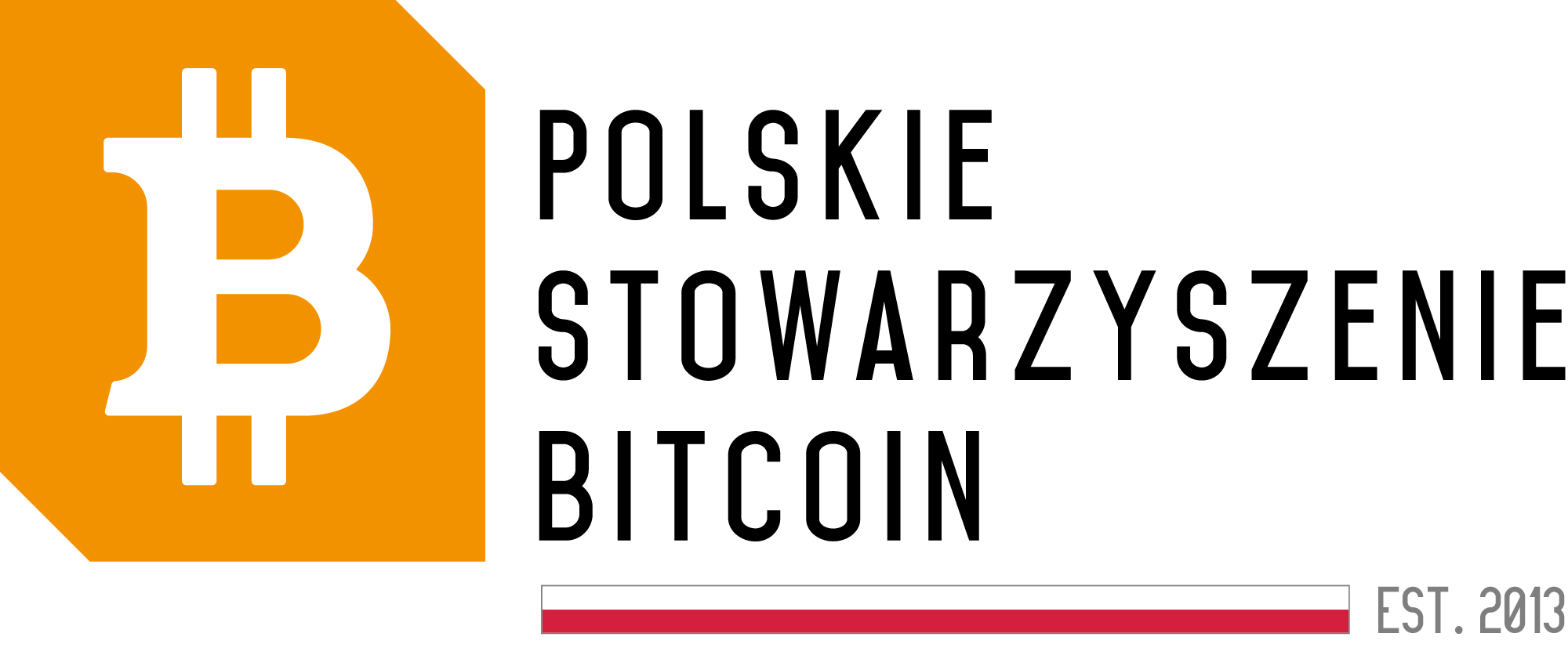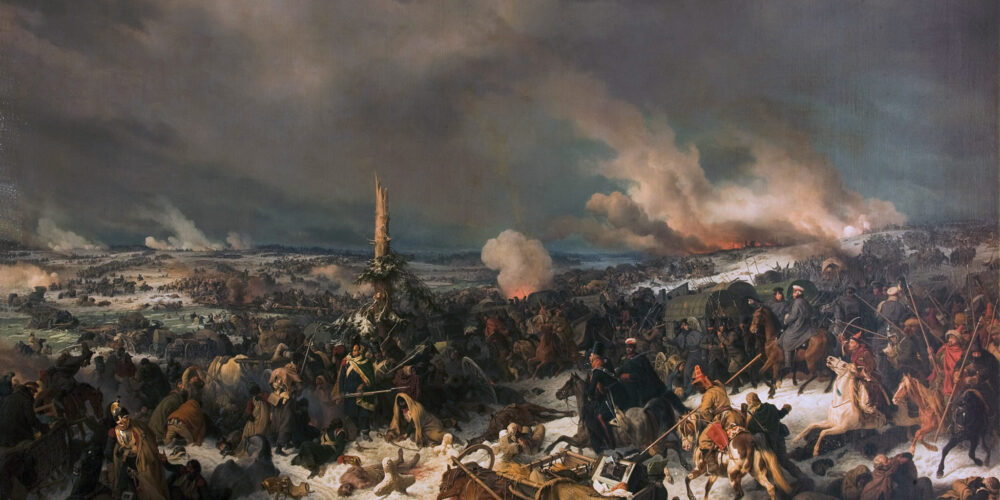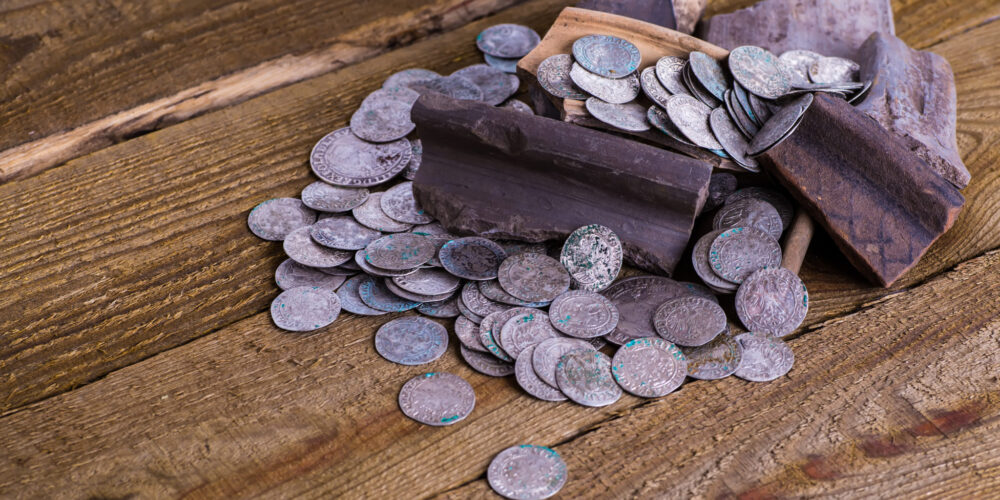The History of Inflation in Poland, Part II – The Jagiellonian Dynasty

Last week, we concluded our journey through the history of inflation in Poland in the 14th century, when Władysław Łokietek and Kazimierz Wielki significantly debased the currency.
Kazimierz Wielki passed away in 1370, leaving behind a Poland with solid foundations but also a severely debased currency.
The Jagiellonian Dynasty
For the purpose of our story, let’s fast-forward through the intricacies of succession after the renowned Kazimierz. What’s important for us is that the Jagiellonian dynasty eventually assumed power in Poland, a name you probably associate with their epic struggles against the Teutonic Knights for over a century. However, from an economic perspective, this Lithuanian dynasty is remembered for something else. Under the rule of the Jagiellons, the monarchs gradually ceded control over currency issuance to the nobility, the ruling oligarchy of that time.
It all began with the privilege of Czerwińsk in 1422. From then on, the king could no longer issue any currency-related decrees without the consent of the nobility. However, the Jagiellons were true tough guys and initially kept the magnates in check. They didn’t allow them to manipulate the currency excessively. Unfortunately, over time, royal power weakened, and the kings themselves were not economically responsible.
Władysław III, the Debaser to Power
The 15th century witnessed the Polish currency hitting rock bottom for the first time. Inflation soared to 300% over the course of 100 years. The mint in Kraków produced such weak coins that foreign merchants refused to accept them.
In the race for the dubious title of “Notorious Currency Debaser,” Władysław Warneńczyk, the son of Władysław Jagiełło, takes the lead. However, he didn’t follow in his father’s footsteps. Firstly, he met his demise on the battlefield at Varna, which sets him apart from this predominantly military-minded dynasty. Moreover, during his reign, he lavishly spent the precious metals, even issuing 40 million denarii annually.
Interestingly, the population responded quite rationally to the king’s economic experiments (“Let’s see what happens if I issue twice as many coins as the previous year,” Władysław must have pondered while sitting on the throne during his free time). They started using Prague groschen instead. The authorities’ reaction was not original either. They attempted to suppress those who refused to use the debased currency.
In 1447, the Piotrków Sejm even established a fixed exchange rate for Kraków denarii. Ten denarii were to be equal to 1 half-grosz. However, it didn’t help much. Why? Well, Europe had plenty of good coins at that time. Venetian ducats and Hungarian florins made their way to the shores of the Vistula, among others.
Living on Credit
However, the Jagiellons continued to spend money left and right. It must be acknowledged that wars were the main reason for this. During the war with the Teutonic Knights, Kazimierz Jagiellończyk (the son of Jagiełło and brother of the ill-fated Warneńczyk) bribed the garrison of Malbork Castle—an almost impossible fortress to conquer without aviation—with an astronomical sum of 400,000 ducats for them to surrender. Such sums were unimaginable in the times of Nicholas Copernicus!
The extent of desperation among the inhabitants of Polish lands is evident from what they did in 1489. The Kraków councilors, members of the royal council, officially requested Jan Olbracht (let’s keep exploring the genealogical tree—he was the son of Kazimierz Jagiellończyk and the nephew of the debaser Warneńczyk, making him the grandson of Jagiełło) to stop debasing the currency. It’s as if the citizens of the European Union were to prepare a letter to the Union’s authorities today, asking them to stop printing more euros! We don’t know how present-day European politicians would react, but we do know Jan Olbracht’s response. The king ignored the appeal.
In 1493, someone came up with the idea of central management of the currency once again. An official exchange rate was established. One ducat was to cost 30 Polish groszy (each region had different grosz denominations, for example, the Czech grosz was different from the Polish grosz). In 1505, this ratio was changed to 1:32.
Bankers
In the 16th century, bankers entered the stage of Polish history. They accepted monetary deposits, which they were supposed to safeguard. However, they quickly succumbed to the temptation of lending out the deposited funds at interest. What is interesting, compared to the present day, is that dishonest bankers did not fare well. If they lent out more money than they had in their reserves (and with the emergence of paper bills facilitating this practice), they were punished. Sometimes, their clients would conspire to withdraw their funds simultaneously. I’m not suggesting anything, but it might be worth considering what would happen today with such an organized action…
Is Poland a Powerhouse?
However, historians generally assess the 16th century positively in terms of economics. The Jagiellons forged a unique alliance with the bourgeoisie, resulting in a strong currency and the suppression of inflation. Competition in the minting market re-emerged. There were four functioning mints in Kraków, Vilnius, Gdańsk, and the Prussian lands.
Within the Jagiellonian-controlled territories, there were as many as 17 currencies in circulation, including some from beyond the borders. Interestingly, this competition contributed to the production of high-quality coins. However, this did not sit well with those who benefited from the centralized currency issuance.
Ludwik Decjusz (who collaborated with the Boner banking family) stated in his work on coin minting that the country needed a single currency. This especially referred to the harmonization of the monetary system across Polish, Lithuanian, and Prussian lands, which were part of the kingdom.
A similar opinion was expressed by Nicolaus Copernicus, who was opposed to rulers profiting from coin minting. He emphasized that debasing the currency harms the economy, triggers social unrest, and leads to price increases. However, he agreed on the need to establish a unified currency system.
Nevertheless, the unified monetary system had certain drawbacks, resulting in significant economic challenges…
To be continued…






